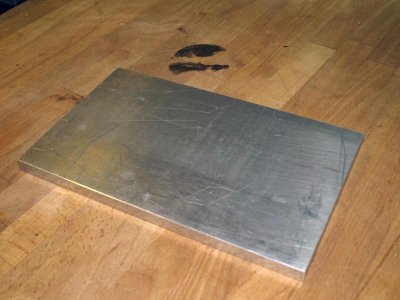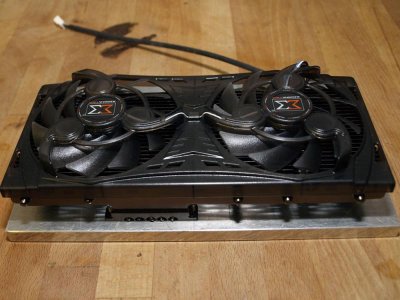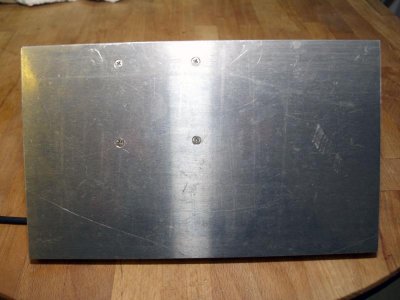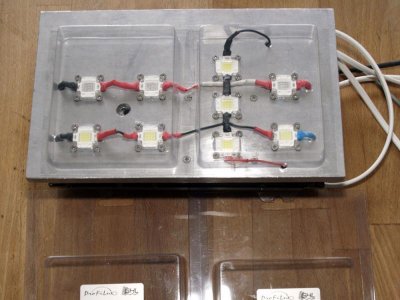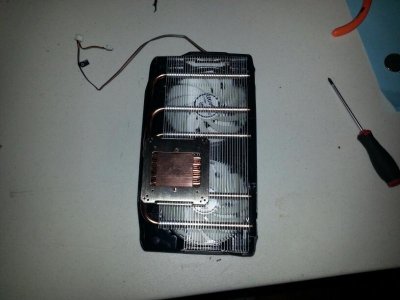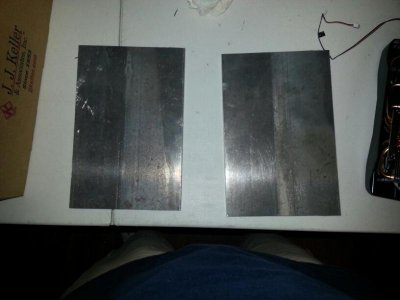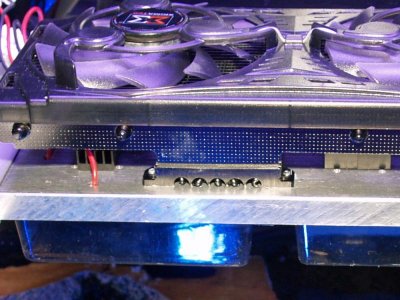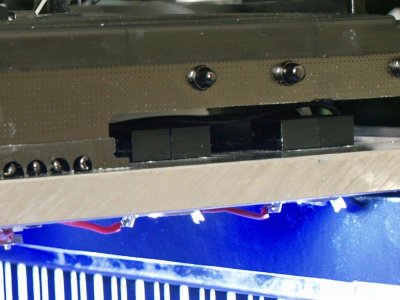Sorry, but that is simply not even close to being true. First of all A "T5" is just a fluourescent tube. It has rougly the same electrical efficiency as a T8 or T12 fluorescent tube. Its advantage is the small diameter allowing highly efficient reflectors to be packed tightly together. That is, it allows a higher Watt density over the same footprint as a T12.
Secondly, the "ratio of heat to light" is not in favor of the LED. In fact the LED directly produces far MORE heat than either a Metal Halide or a Fluorescent bulbs.
As Lasse stated, the LEDs were are using are only as (if even) electrically efficient as MH and T5, the difference is in the wavelenghts they produce. Furthermore, the "warmer" the white light from the LED the less efficient it is, to the point that a CW LED has almost twice the efficacy of a WW LED.
If you are happy with the growth and look of 3:1 RB/CW than you can get away with far fewer watts becuase you are only producing light in those regions. As you start to add emitters to fill in the gaps, the wattage creeps up and the overall efficiency of the fixture creeps down.
Look at it this way, the MH lamp produces full spectrum with some light outside of the range we want or need (IR/UV). We are now trying to leverage LEDs to produce that same full spectrum without the IR and UV, but the LED produces more direct heat. However, there is no magic phosphor coating, so we need multiple LEDs to fill those gaps in. That means more Watts.
So remove 2 X 150W MH lamps (300W) from a 90 gallon tank and replace them with 180W of RB/CW cutting edge emitters for the crappy windex look, -OR- replace them with 250W of varied LEDs to get a broad spectrum output that looks good and grows coral well. In the end you replaced 300W of halide with 250W of LED. Your gain is 50W and the reduction of IR/UV that heat the tank water directly. You can maybe gain another few percent by ramping the LEDs up and down during the day to converve a bit more energy.
Now... If we agree that that same tank may be able to grow coral with 200W of metal halide lamps but look a bit dimmer, then we can assume that we could use 150W of broad spectrum targeted LEDs on the same tank and get a decent color rendering but not as bright as the 250W of LEDs. Nothing is "free", you grow coral but get a dimmer tank! Do it with JUST RB/CW and you get an even dimmer BLUE tank that grows corals for 100W instead of the original 300W of halide. But you are not comparing Apples to Apples. You have are comparing a BRIGHT CRISP COLORFUL tank with a DIM DULL BLUE tank. Some folks are OK with that, others are not.
LEDs are neat, but they are not magic.


